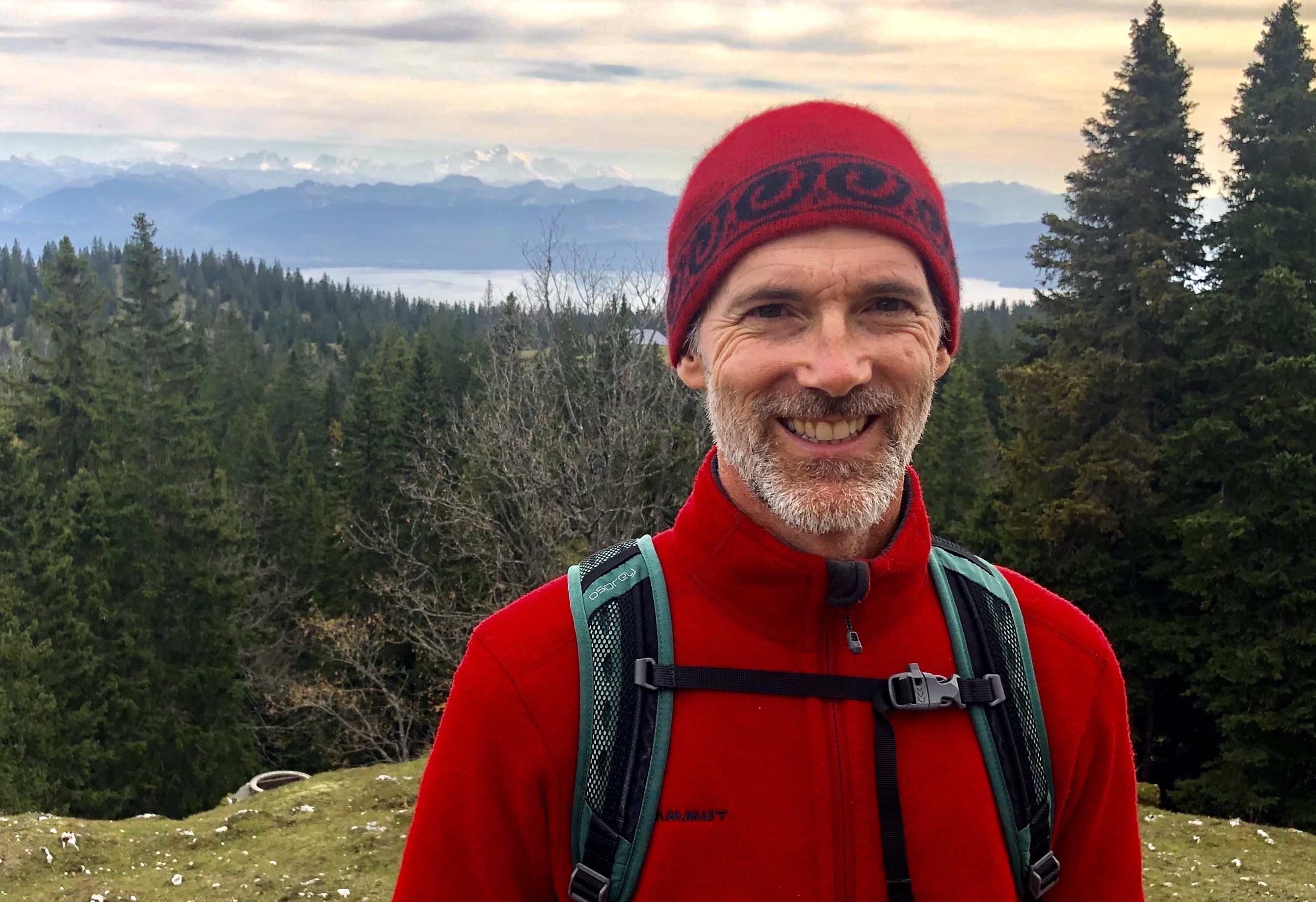Two decades ago, in my book on fire in Madagascar published at the University of Chicago Press, I made an educated guess that “in grasslands, roughly one-quarter to one-half of the surface burns annually“. A footnote fills over half of the page to justify my estimate, drawing from local studies, observations, government statistics, and rudimentary satellite data. I am thrilled to report that a just-published study confirms this estimate and makes it more precise, finding that 32% or so of the grasslands burn each year. The study takes advantage of newer satellite images that are more frequent and higher resolution to make its estimates, catching smaller and more ephemeral (quickly regreening) fire patches. Congratulations to Víctor Fernández-García on leading this work, funded by a Swiss Network for International Studies grant.




 Posted by christiankull
Posted by christiankull 





